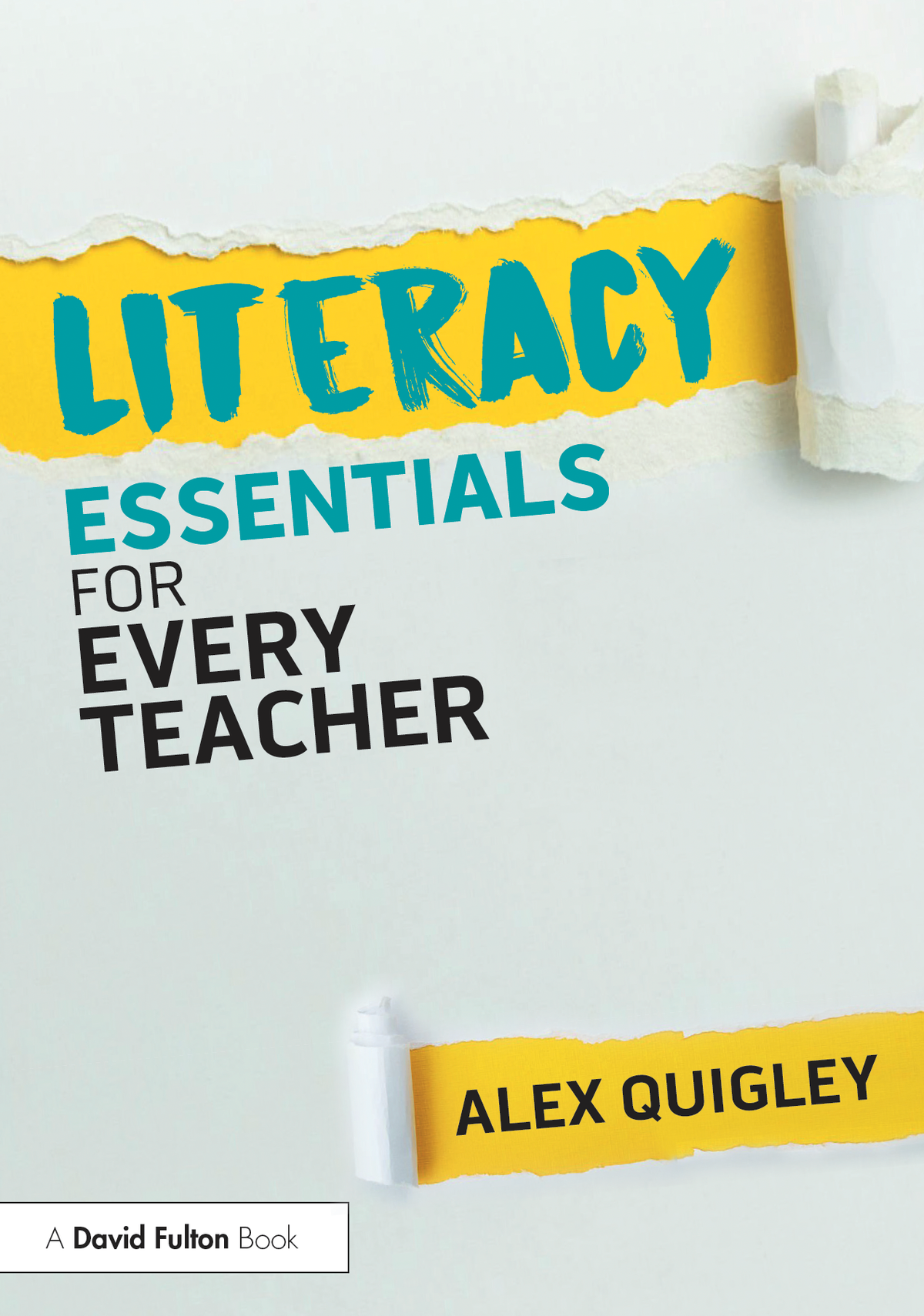The new academic year can be a time of promise for pupils. The promise of new teachers, peer groups, and the relationships that come along with it. Though there can be anxieties and worries too, it offers opportunities for a fresh start and newfound success.
That time to begin afresh, afresh, afresh can even banish old fears, doubts, and plant the seed for a better attitude and application. Of course, pupils can start the year with the best of intentions, but like the shine on their new shoes – the old routines and attitudes can kick in – and the lustre wears off.
We know having short- and long-term goals can help students. They can be particularly useful when establishing a new academic year. For all the obvious reasons, young people can struggle look ahead and plan. As such, they need guidance to reflect on the previous year (retrospection), as well as look forward (prospection) and set goals to improve.
Teachers can build trust by exploring and reflecting on past experiences. They can pose questions like: What were some of your biggest successes, and what challenges did you face? How can you build on your strengths and learn from your setbacks to make this year better? Even if the answers are variable and a little inaccurate, it offers meaningful insights in the thinking of pupils. As a result, it is the right type of diagnostic assessment to build trust and understanding.
Alongside reflection, teachers can build both trust and understanding by supporting pupils to set new goals. I have written about different goal types in my book, ‘Why Learning Fails (And What to Do About It)’. It is broken down into more distinct goals that pupils can develop:
- Learning goals. Goals for a specific task and/or subject.
- Effort goals. Goals with a focus on extending effort in achievable small steps.
- Self-regulation goals. Goals with an explicit focus on managing oneself.
- Social goals. Goals focusing on communication, friendships, and more.
- Emotion goals. Goals to develop positive emotions and attitudes.
At the start of the year, relationships, behaviours and routines are understandably foregrounded. And so, focus on emotions and relationships alongside more academic goals feels apt.
Goals for the new academic year for a pupil could include:
Learning goals e.g.
An A level student may set the goal to read at least one non-fiction book per month on topics of interest in the subject to broaden understanding.
A pupil in a year 4 class may focus a goal on better editing their writing and checking their spelling.
Effort goals e.g.
A year 11 pupil preparing for their GCSEs may commit to studying an hour extra each day (reviewing notes, creating flashcards, making voice notes etc.).
A pupil in year 6 may be supported to try harder in their physical education sessions.
Self-regulation goals e.g.
A year 7 pupil who knows they struggle meeting homework deadlines could set the goal to check daily for completed homework.
A year 10 pupil may commit to not using my technology at home until they have completed their homework.
Social goals e.g.
A new year 7 pupil may set the goal to make new friends and speak to people they don’t know in their new classes.
2. An A level student may choose to take a up a sport to get some balance in their weekly routine.
Emotion goals e.g.
A year 3 pupil may be encouraged to be more positive when undertaking tricky maths problems (such as using positive self-talk).
A year 11 pupil could be encouraged to approach teacher feedback in more-opened minded fashion (seeing critique has crucial to future success).
Of course, any new teacher wouldn’t want to laden down pupils with a legion of different goals. A couple of goals is enough to offer the positive fuel of prospection.
Setting goals isn’t some magic that transforms pupils either of course. They need reminders, updates, changes, nudges, and more. They’ll likely fail to achieve some of them and will need help to go again. But we shouldn’t underestimate the positive talk and tone-setting that setting new goals can offer to class in their first weeks.
Related reading:
- I wrote a recent blog on ‘Goal Setting and Building Cathedrals’ about helping pupils see the big picture by setting manageable goals – HERE.
- My resources page includes a free graphic on the different goal types – HERE.
- This helpful Psychology Today article, entitled ‘Goal-setting is linked to higher achievement’ focuses on how we can help pupils decide and write goals – HERE.






Comments